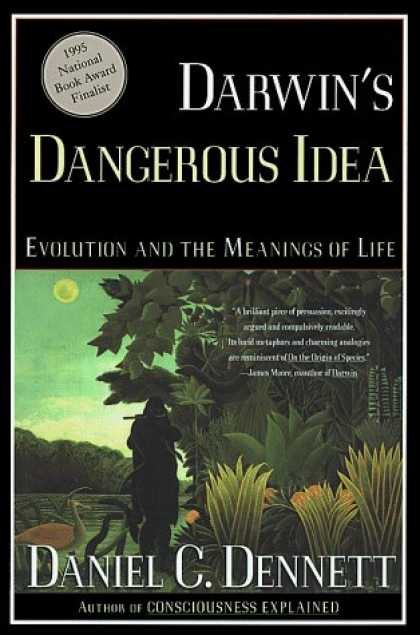
"'Free' doesn't mean you can just do what you want--rather, that you are responsible for your own limits." -Fred Frith
I mentioned Jon Faelt's drumming in the brief blurb I wrote about Bobo Stenson's Cantando in my Top Albums of 2008 entry, and I can't stop thinking about it lately. Drumming in general, really. Must have been all that Guitar Hero World Tour I played last night. I should be specific. I'm more interested in two things: free drumming, and in the ways a skilled drummer can imply a melody without having access to the full spectrum of chromatic notes.
A word of clarification regarding free drumming: "free" does not imply that drummers of the school are only banging on a drumkit with no abandon, that it takes no talent to be a "free" drummer. Arguably, it's more difficult than standard types of drumming, and many free drummers possess a stellar rhythmic sense and have completely mastered traditional styles of drumming. What's remarkable about the best free drummers is how drastically they alter the musical climate when they are freed from the responsibility of keeping time for the rest of the musicians. When done right, free styles of drumming are highly musical and lyrical, careening from idea to idea in an attempt to dramatically frame the movements of the other players. As Lewis Porter writes in the liner notes to the reissue of Coltrane's Ascension, the idea is to "mov[e] away from playing over a steady beat" and instead to aim "for a general churning pulse of fast or slow." The clatter of Han Bennink or Hamid Drake comes to mind for many, but the style needn't be so busy or violent. This is why Faelt's drumming is remarkable for someone so young and new to the international jazz scene; his level of restraint and his very subtle, unorthodox ideas are quick to gain the listener's attention. You starting listening closely to what he's doing because he's interesting, not because he's dominating the proceedings.
Check out Faelt's freewheeling drumming in the right corner.
Bonnie 'Prince' Billy's "Willow Trees Bend" is also driving my interest. The song features sparse chords that are strummed so loosely as to be nearly arpeggiated, coupled with a quiet, very free drumming element that makes the chords sound as though they're breathing, pushing the song along in swells of sound, or at times, lending it a gentle tumbling quality, like water splashing over rocks. It's an arresting effect that sets the song apart from the rest of Lie Down in the Light. Or I think of Chris Corsano's contribution to the massive title track on Six Organs of Admittance's School of the Flower, heated to boiling beneath Ben Chasny's acoustic plucking and ominous Eastern drones. In other realms of music, the free percussionist Vincent de Rougin markedly elevated the tension in the dark, bassy drone of Æthenor when he was added to the line-up for last year's Betimes Black Cloudmasses. And though there are countless examples in the various permutations of jazz, it is when free drumming is used in these different contexts that I find it most exciting. Sadly, they're few and far between.
Chris Corsano playing in the Flower-Corsano Duo (Mick Flower is playing a shahi baaja, a Japanese electric dulcimer)
My other drumming fixation is simpler and more prevalent. Like I said before, I enjoy when particularly musical drummers are able to imply the melody of a song through careful selection of the elements used in their drumming patterns. You can hear Ron Carter's bass line in Billy Cobham's drumming long before Carter starts playing on the live version of "Red Clay" on the reissue of Red Clay, and there was a video going around the internet a while ago that, despite the smug drummer, documented some particularly effective drumming to accompany the MIDI songs from Super Mario Bros. 3. Really, with a healthy mix of pocket and ostinato drumming, any good drummer should aim to highlight the melody while keeping the beat, but it unfortunately is not always the case. That's where we bassists come in. Although, looking back to the rhythmic freedom exhibited in the first type of drumming I discussed, bassists aren't always satisfied with being a non-melodic anchor, either.

Top photo of Jon Faelt by Aleksandar Zec
Han Bennink photo by Miemo








No comments:
Post a Comment